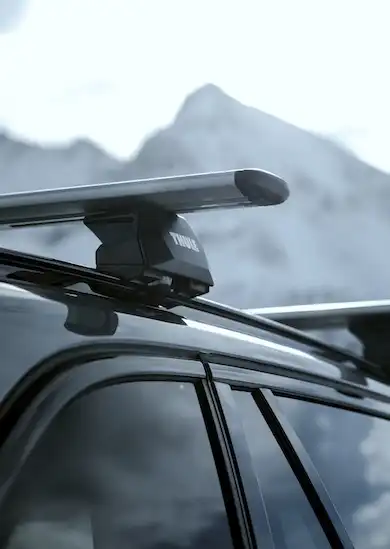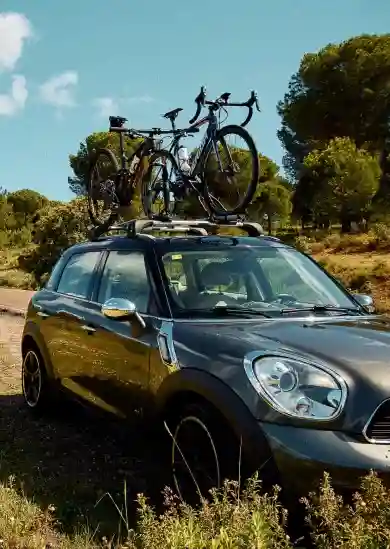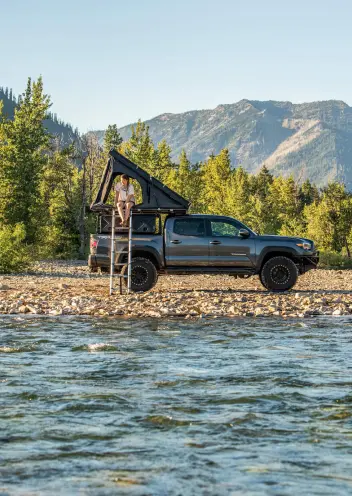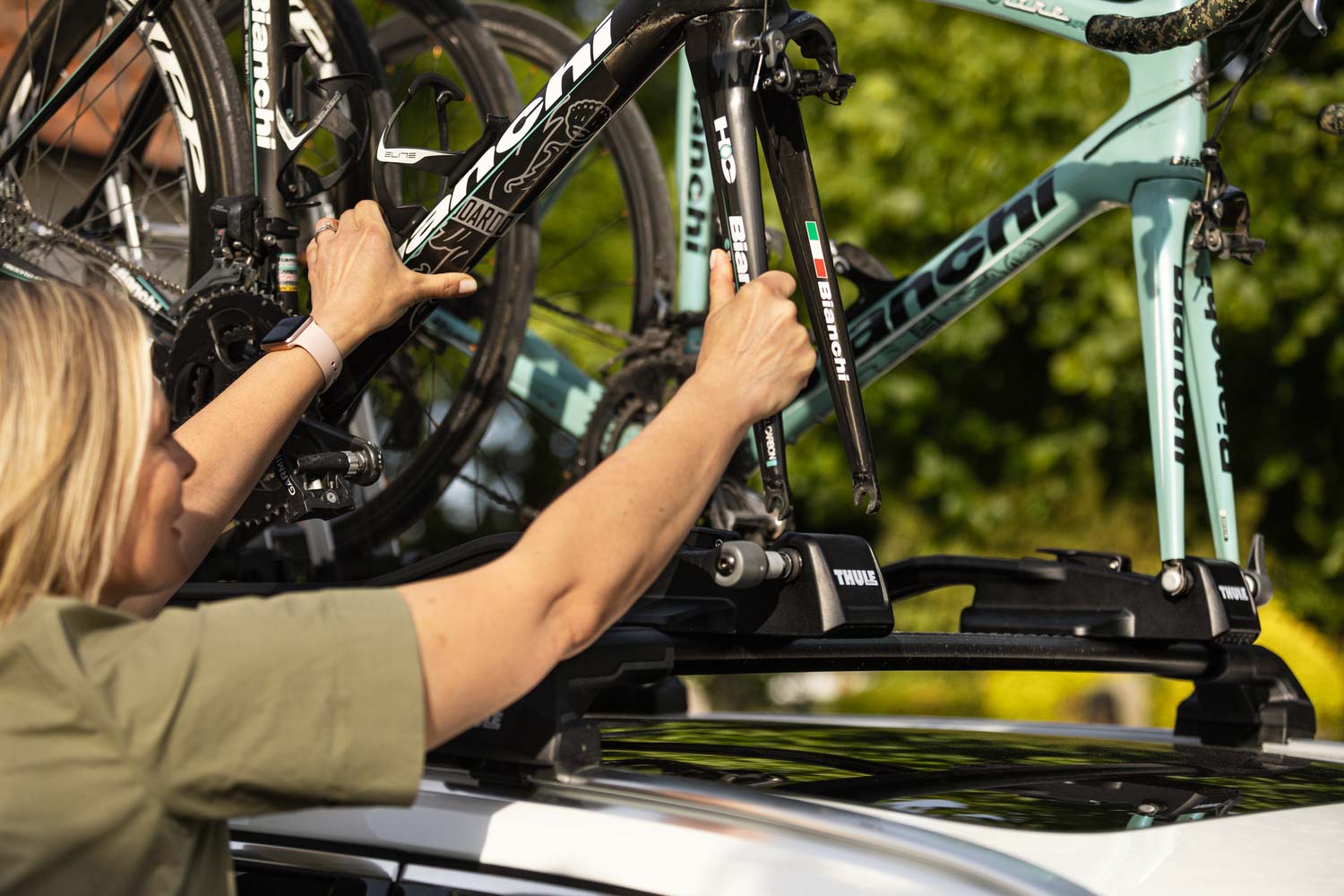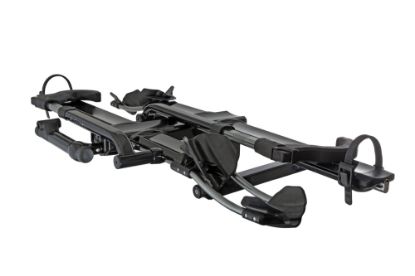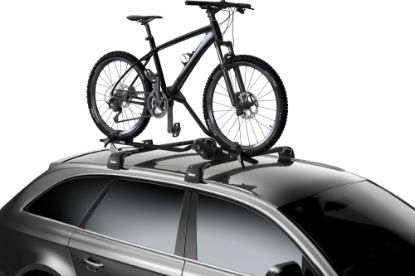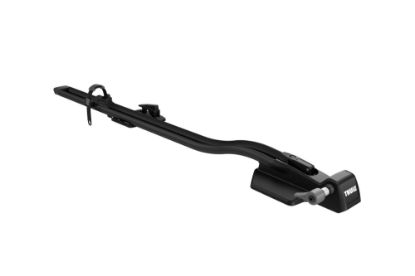April 30, 2022
Rack Attack Team
The age-old question: should I get a roof or a hitch bike rack?
You've spent a lot of money finding the right bike that fits your lifestyle and needs, so you'll want to get to your destination safely to spend more time adventuring and less time worrying about your gear. In this guide, we outline the differences between hitch and roof bike racks to help you choose a bike carrier that is right for you.
Things to consider before choosing a bike rack:
What type of vehicle you have
The type of vehicle you have will guide what bike rack options are available. Please consult the Rack Attack Fit Guide to find which racks will work with your vehicle. Once you have determined the racks that will work for your specific situation, you can narrow down the style.
How many bikes you'd like to transport
This is the main difference between a hitch or a roof bike rack since the weight of cargo they can carry varies.What type of bike you have
The type of bike you have will also dictate which bike rack is best suited for you. E-bikes are too heavy to mount on rooftop racks whereas lighter, carbon frame bikes are easier to lift and safer to be carried on your roof.
Roof Bike Racks
Roof-mounted bikes give full access to the trunk and can accommodate most wheel dimensions. Some rooftop bike racks are fork-mounted, requiring the biker to remove the front wheel, giving the driver the ability to drive with ease and making the bike lighter and easier to load. Others allow mounting upright (no wheel removal necessary), making the car taller and less stable. Fork-mounted or upright roof bike racks are great for sedans and smaller SUVs with a lower loading height or models that do not have a hitch installed.
Pros
Can be mounted on an existing roof rack
Fit well if your vehicle has a lower roof height
Provide full access to the rear of the vehicle
Cons
Hard to access bike and require significant lifting
Prevent access to height restricted places
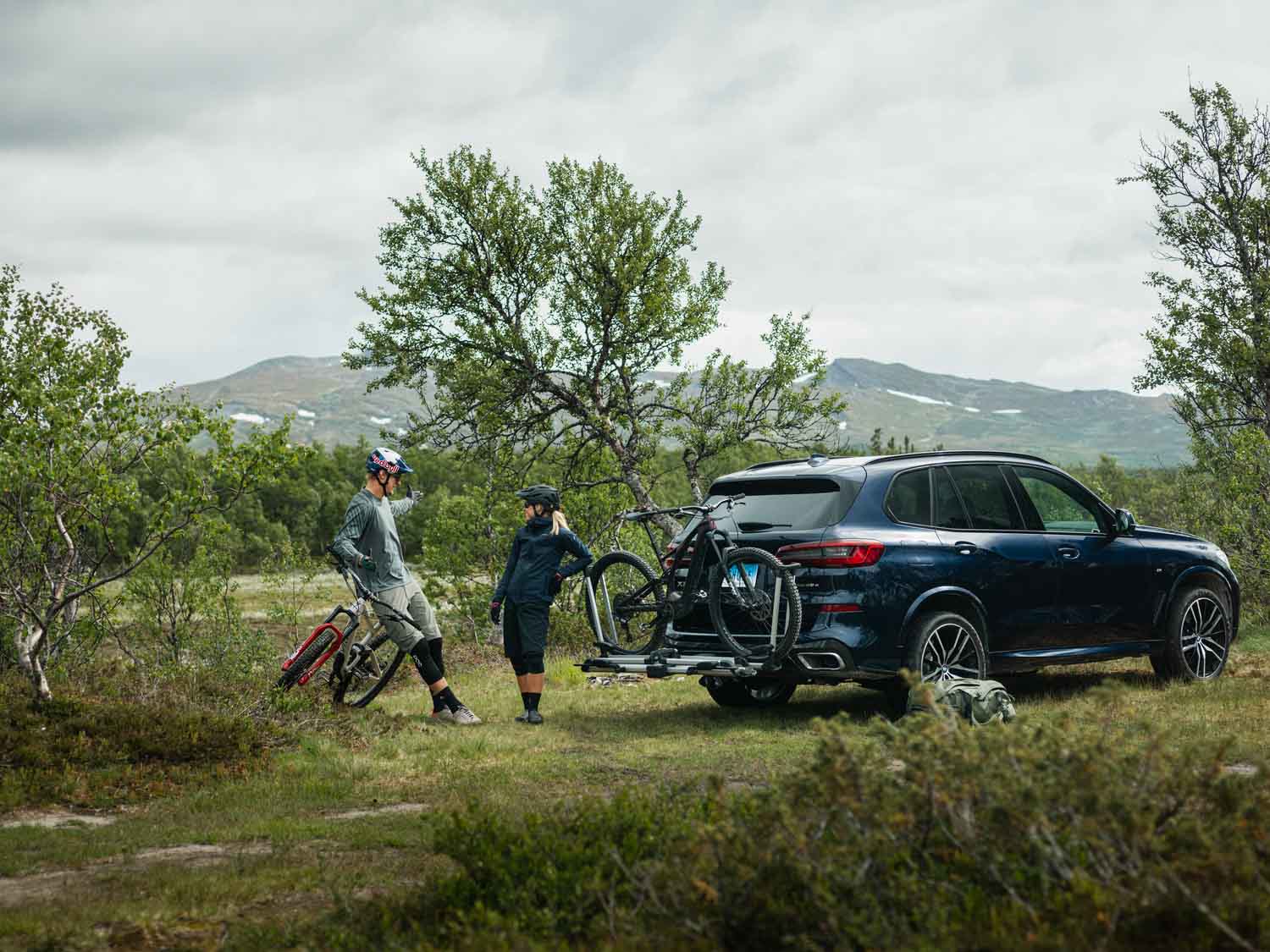
Hitch Bike Racks
Hitch bike racks are the most common style of bike carriers and are a great option if you already have a towbar on your vehicle or plan on installing one. These bike racks can carry 1 to 4 bikes, are easy to install and allow effortless access to your bikes with moderate lifting. Hitch racks extend the length of your vehicle, so backing up or maneuvering may be a concern to some. They also limit your access to the rear of your vehicle, although most models tilt down or swing away to overcome this issue.
There are two types of hitch bike racks:
Platform bike racks: these come in a variety of sizes; from 1 bike up to 4. The platform structure makes loading your bike easier as it lowers the point you need to lift your bike to. It also allows for the rack to find a variety of different frame styles and types of bikes.
Hanging bike racks: these racks also come in a variety of sizes; most commonly 4, but can hold up to 5 bikes at once. Their smaller size makes them easier to remove from your vehicle, but may struggle to hold different types of frames all at once.e.
Pros
Can be mounted on an already existing hitch
You can carry multiple bikes
You can easily load and unload bikes
They provide added security for transporting your bikes
Cons
Can limit access to the rear of your vehicle
Extend the length of your vehicle
Whatever your vehicle, or however many bikes you plan on taking with you on your next ride, there are many bike rack styles you can choose. Before you pick the right bike rack for you, it's important to research the available options to ensure you have the best model for your vehicle and needs. To help you with this process, check out our interactive Rack Attack Fit Guide for a step-by-step tutorial on which bike rack would be best for your vehicle.
